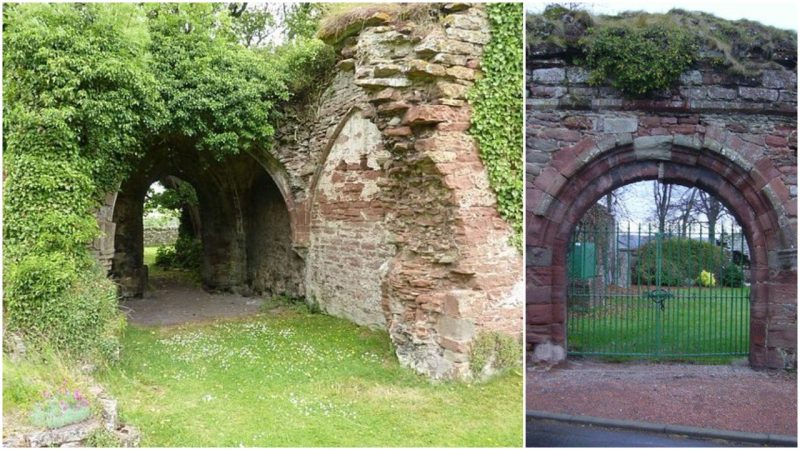The Lindores Abbey, now a ruin, is one very interesting site. Not only are the abandoned remains of the large medieval complex beautiful and unique, but the former abbey, which existed for nearly four centuries, is known to have possessed the first recorded distillery for scotch whisky, a fact mentioned in a document written on June 1, 1494. Most of the abbey’s buildings were abandoned a long time ago and left to deteriorate. The forces of nature over the years reduced the structures almost to their foundations.
Now a great part of the abbey’s complex is collapsed and overgrown by lush vegetation. There is an old farm building on the site of the abbey’s ruins recently renovated with modern materials. The old distillery has been rescued from oblivion. A new distillery was opened in order to continue the tradition and keep the historic connection. It also has a cafe, visitor center, and gift shop.
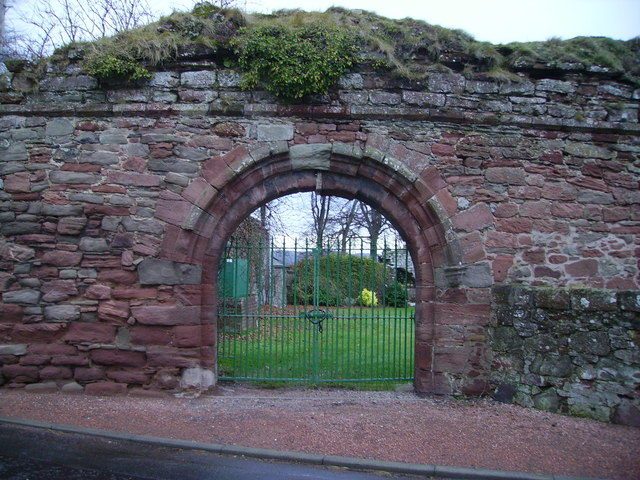
The story of the abbey begins at the end of the 12th century and finishes during the turbulent years of the Reformation in the 16th century. It was established in 1190 (or according to some documents in 1178) by David, Earl of Huntingdon, on property granted to him by his brother, King William of Normandy (William the Lion). The abbey was built for the monks of the Tironensian Order. It was named after the small village of Lindores, located approximately a mile south. A great part of the structures were finished while the complex was managed by its first abbot, Guido of Kelso. Lindores Abbey had strong connections with the Kelso Abbey, and in fact, it was his daughter’s house.
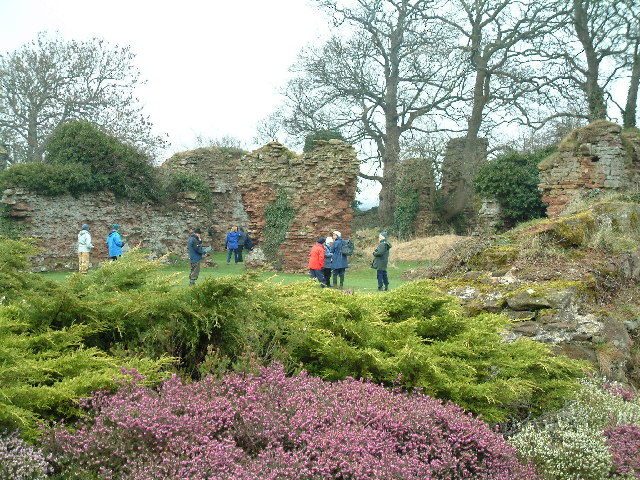
The abbey was several times, in different periods, visited by royal members. Without doubt the main historical event in the abbey’s history happened in 1284, when the 19-year-old Prince Alexander, the heir to the Scottish throne, died here. His death provoked a series of conflicts that led to the Scottish Wars of Independence. Edward I of England, John Balliol, David II, and James III were some of the kings who visited the abbey during their lifetime.
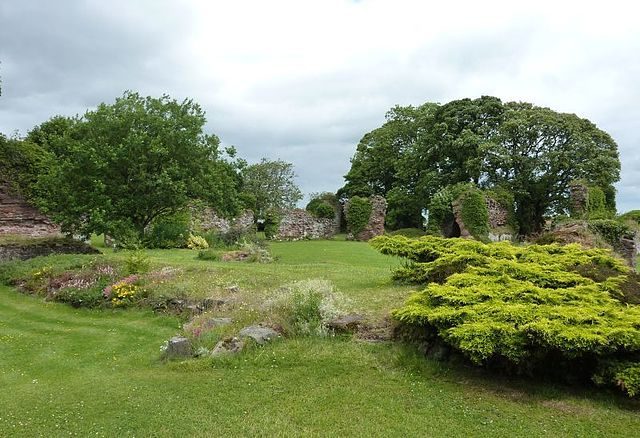
However, the abbey is mostly famous because of the first ever documented evidence of whisky distillation in Scotland. This fact exists in the royal Exchequer Rolls from 1494. In this document contains the order from King James IV to Friar John Cor of Lindores to produce aqua vitae (meaning “water of life”; uisge beatha in Gaelic, or whisky) from 8 bolls of malt.
“Eight bolls of malt to Friar John Cor wherewith to make aqua vitae.”
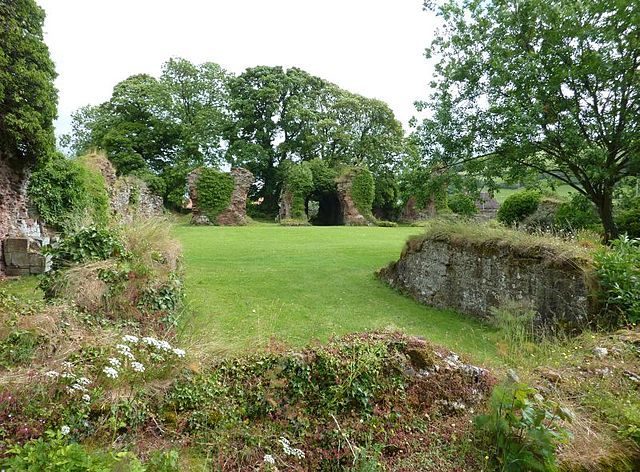
This old Scottish measurement equates to 1,024 dry gallons, enough to produce roughly 400 bottles of whiskey. It looks as though the monks of Lindores Abbey were experts in distilling the alcoholic drink. It is possible that they inherited the art from the monks of Tiron Abbey (located near Chartes in France). But without a shadow of a doubt, whisky was made here long before the year 1494, probably flavored with local herbs.
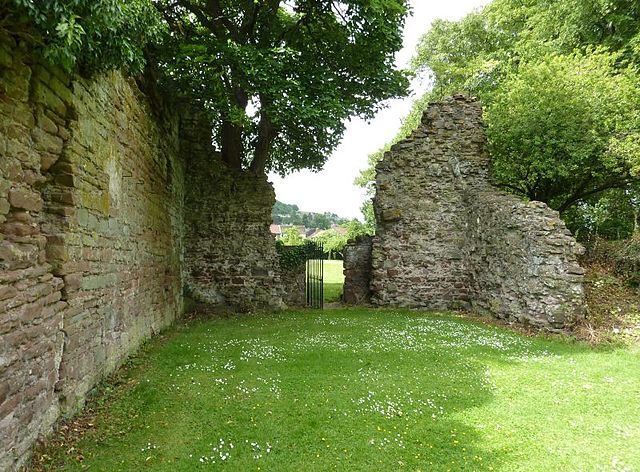
Throughout the centuries the abbey became very rich, influential, and powerful. But unfortunately, it didn’t survive the Reformation. It was plundered and heavily destroyed in June 1559 by a group of supporters of John Knox and the Lords of Congregation. In 1560 the life in the abbey officially ended. Its property was sold off to several different families and the useful building materials, like the timber and especially the admirable stonework, were taken away and reused for the construction of secular buildings in the town of Newburgh and the surrounding area. Many older houses and farm buildings in the close region are built from the abbey’s stones.
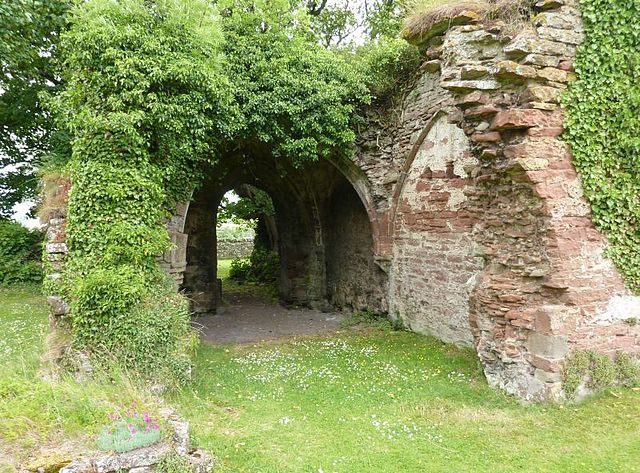
The buildings in the complex, like the church, which had grandiose proportions, and the adjoining cloister, were built from the impressive local red sandstone that was carved sharply and with excellent quality. But the stones were slowly “disappearing” over the course of many decades. Now only the outstanding semi-circular archway at the south-west end of the site still stands proudly and virtually intact, to providing a glimpse into the former glory of the abbey. The south edge of the cloister is also visible, as well part of the east side of the church, like fragments of the fascinating ceiling.
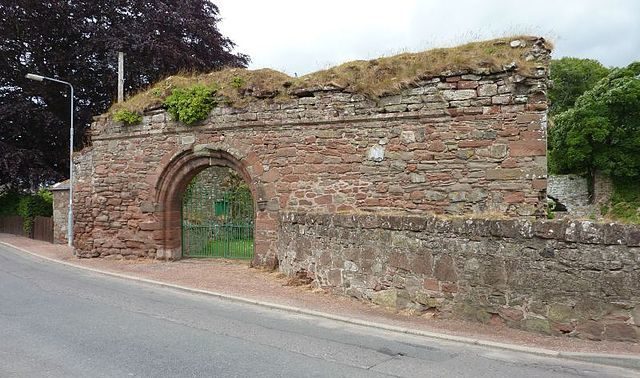
Construction work began in 2015 on the site of a half-ruined farm building placed next to the abbey’s ruins (and obviously built from the abbey’s red sandstone), and the new distillery began production in December 2017. It is a privately owned business started by members of the same family that bought the property on which the abbey and a neighboring farm stood in 1913.
Related story from us: Whitby Abbey: The ruins that inspired Bram Stoker to create “Dracula”
The site is located at the eastern edge of Newburgh in Fife, just near Abbey Road, on the southern side of the River Tay. The abbey that was also known as “Church by the Water,” serves today as a garden area for the distillery and provides a magical place to wander into the past.
